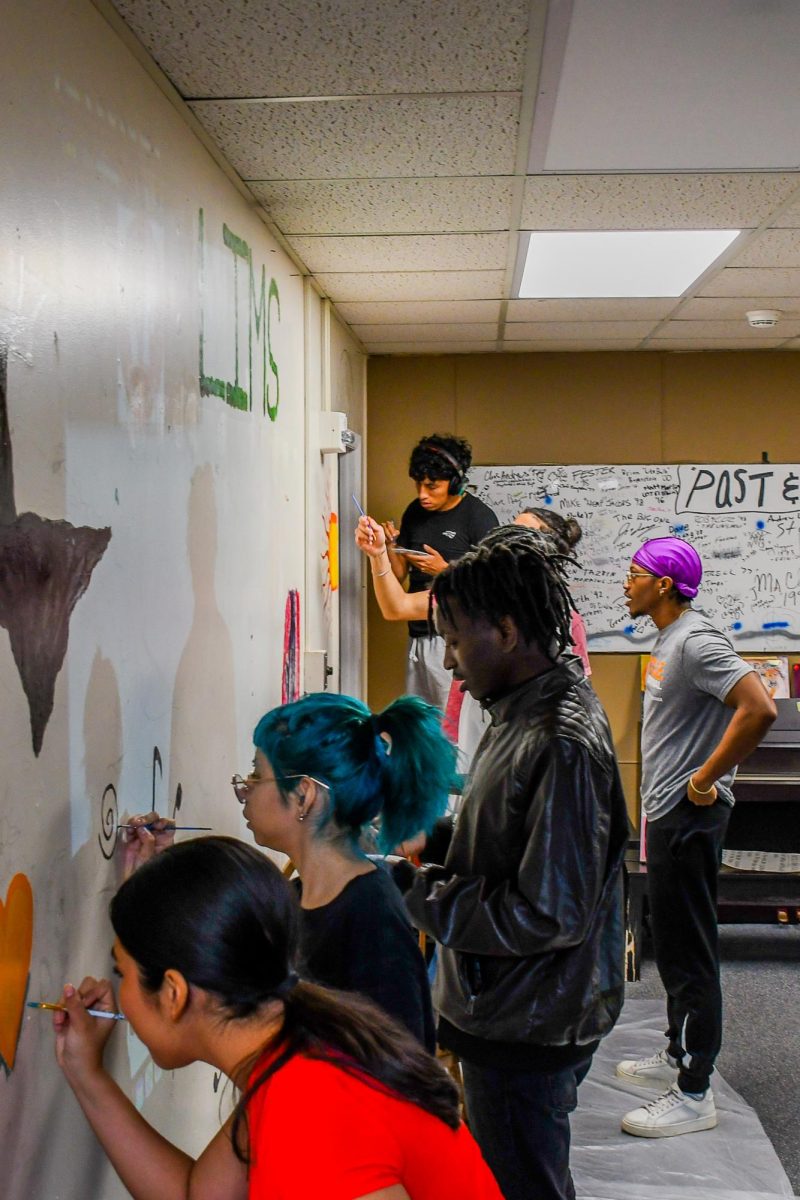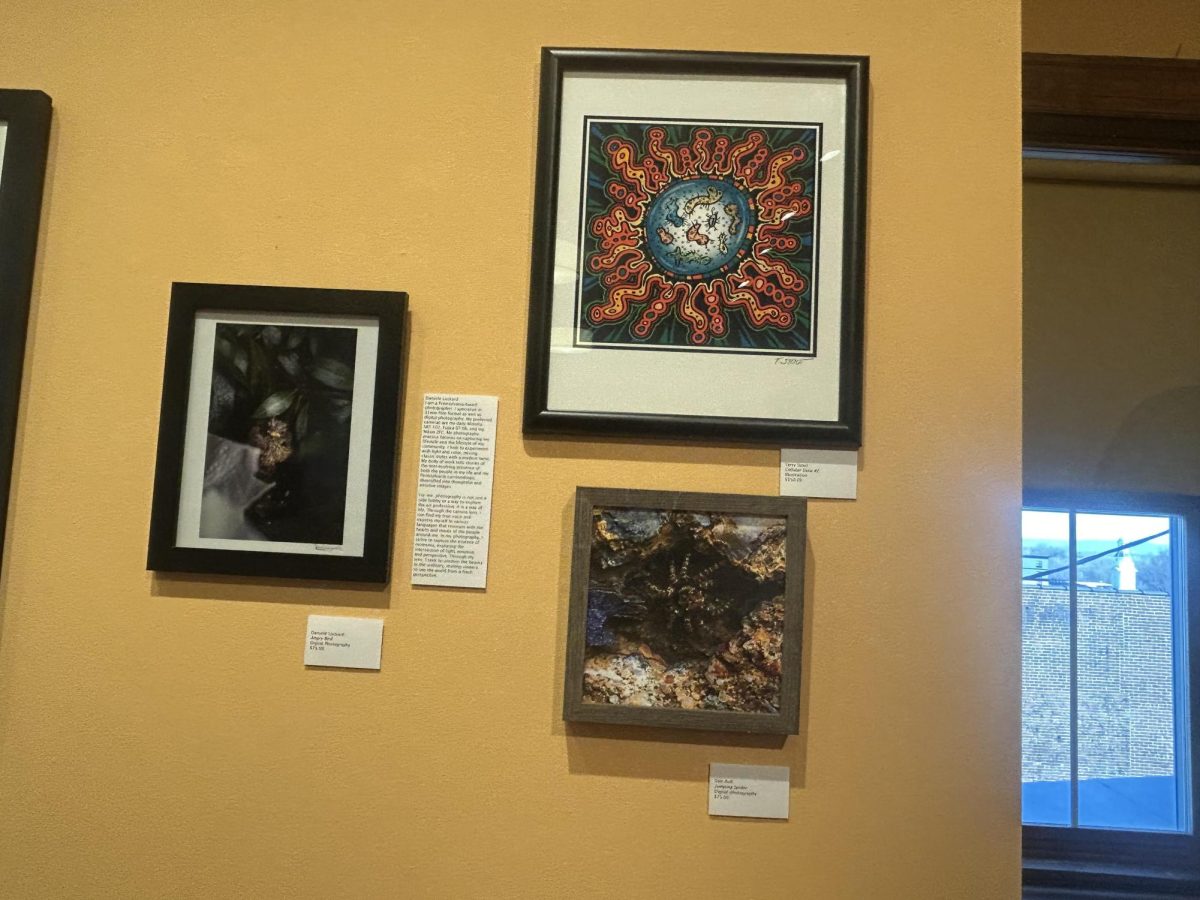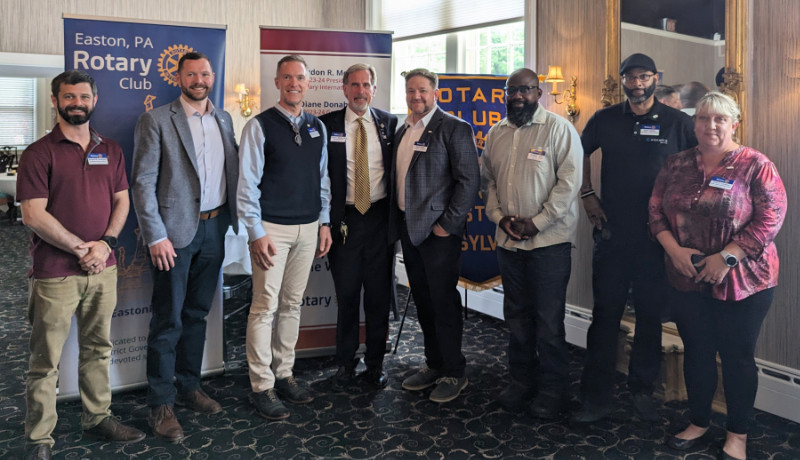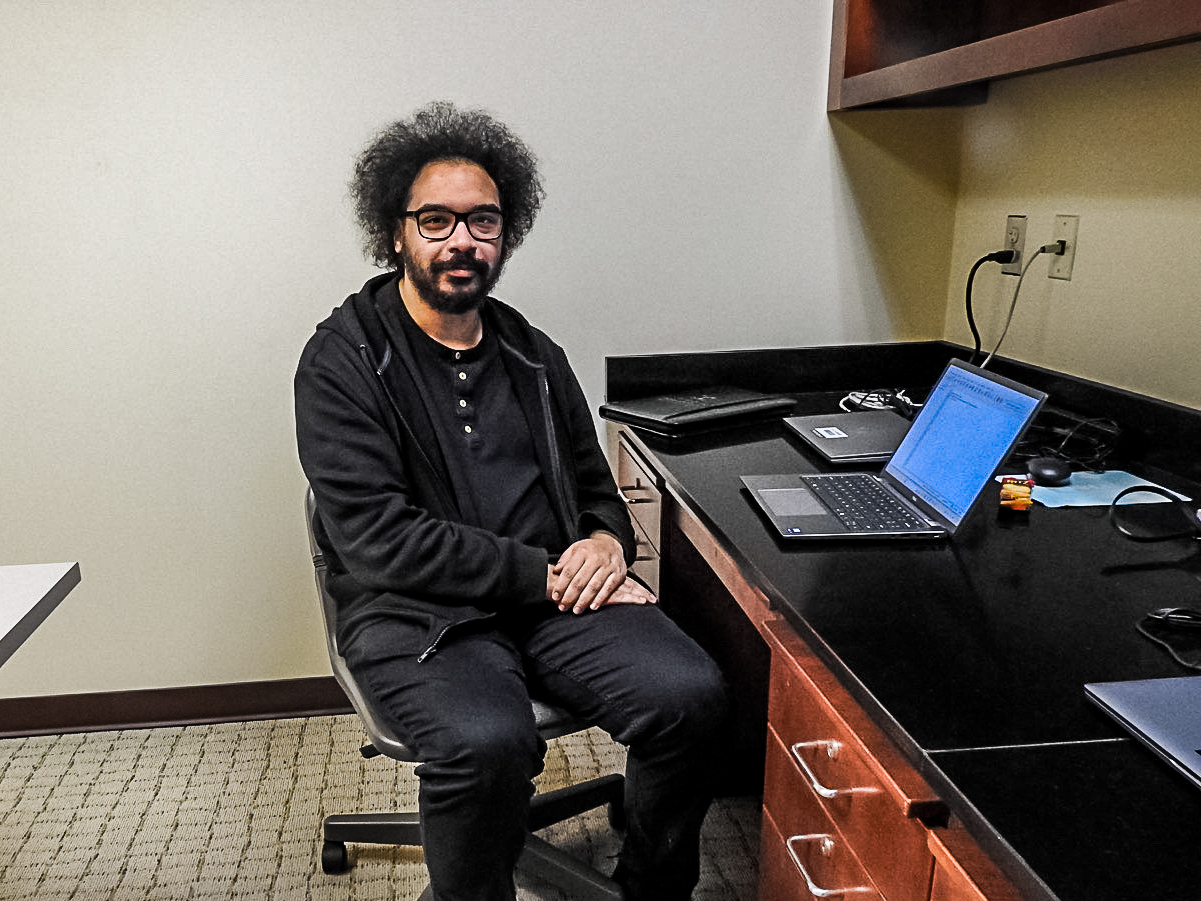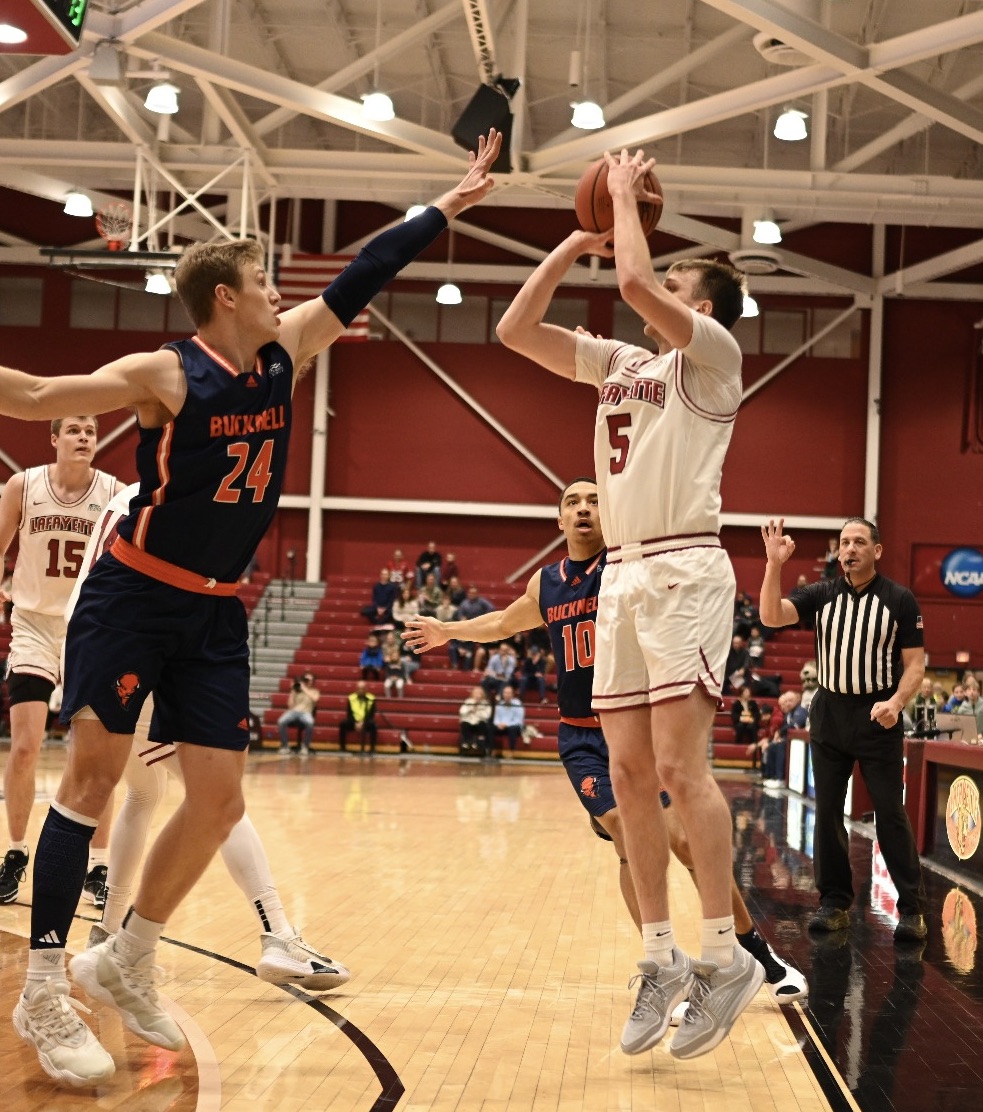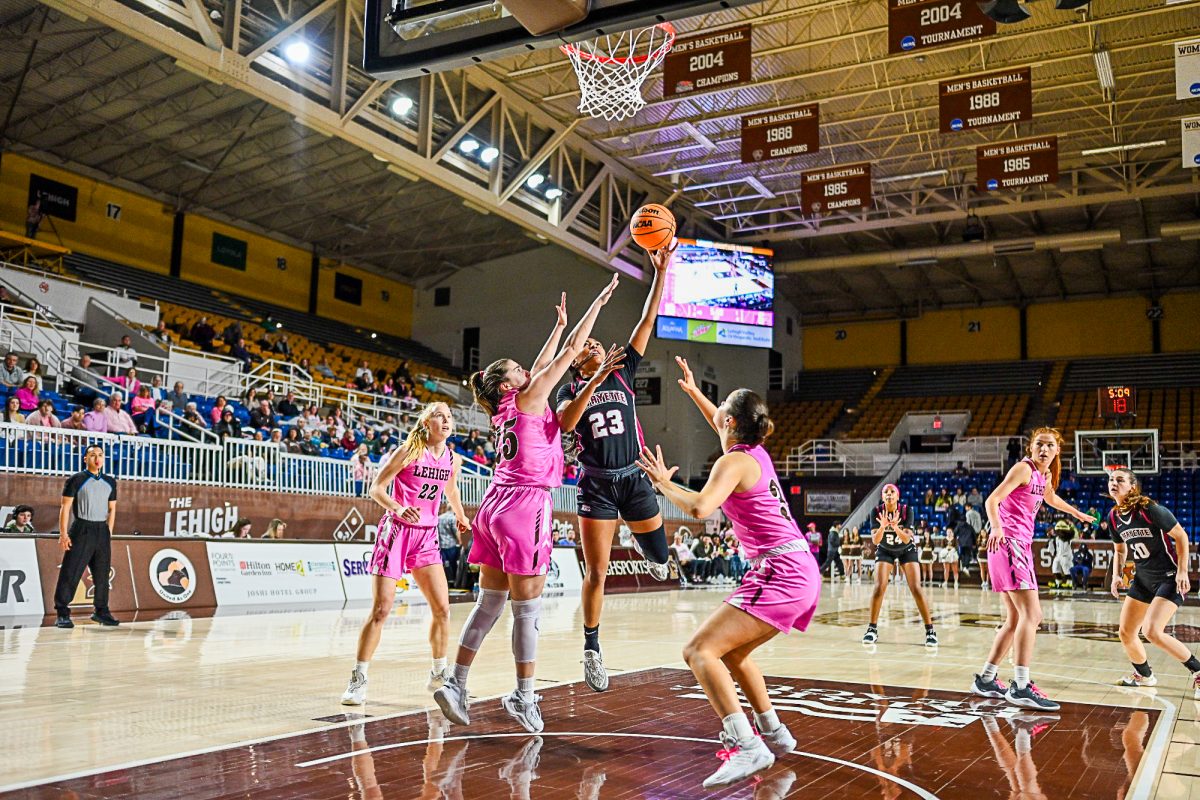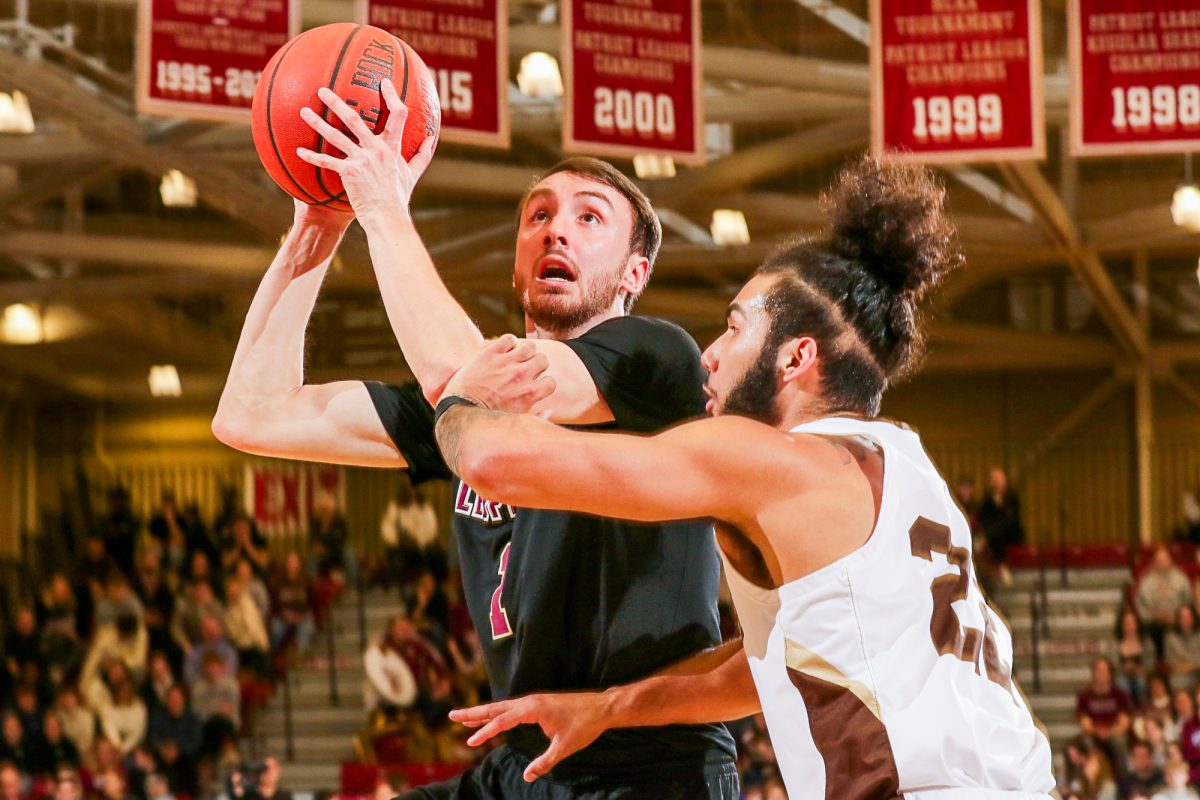Easton is more than just a college town – some say it’s a thriving community with rich history and ever growing culture.
While recent changes, such as the addition of the Easton Public Market earlier this year, are widely recognized, smaller changes are constantly underway.
Sponsored by the Lafayette Landis Center and the Center for Community Engagement, the Landis MOSAIC program held an open meeting on Monday discussing changes in downtown Easton. Lead by manager of the Easton Main Street Initiative (EMSI) Kim Kmetz, the talk outlined a brief history of growth in downtown Easton and discussed plans to continue revitalization efforts.
Kmetz was born in Nazareth and moved to Easton after graduating college to raise her children. With the intention of improving the Easton area, Kmetz joined the board of EMSI in 2006.
“The goal of the Main Street project is to lay the ground work, make [downtown Easton] a place worthy of investment,” Kmetz said during her presentation.
EMSI was started in 2005 under the parent organization, Greater Easton Development Partnership (GEDP). EMSI is based on a four-part approach to revitalize the downtown area, focusing on the goals of organization, promotion, design and economic restructuring.
While the goal was to eventually increase marketing for downtown Easton, Kmetz said that it was first necessary to improve downtown safety and cleanliness.
According to Kmetz, efforts began with the introduction the Ambassador Program in 2008. Ambassadors include the Green Clean Team, the Welcoming Committee, as well as safety and security officers who help monitor and improve the downtown area.
Kmetz also highlighted the success of GEDP’s initiative to revamp the Easton Farmers Market. The market began in 1752 and is known as “America’s Longest Continuous Running Open-Air Market,” according to the Easton Market website. However, in 2002 the market was at risk of ending when Gloria Raub, the only vendor remaining at the time, passed away.
However, under GEDP, the town took on a mission to revitalize the market in 2003. Now a thriving community with fresh produce, prepared goods and entertainment, the market is as alive as ever.
Kmetz said that, due to the lack of a nearby grocery store, the farmers market an integral part of attracting residents to the downtown area. The Easton Public Market, another GEDP project, provides downtown residents with even greater access to fresh and local foods.
Improvements to downtown Easton have continued with EMSI’s various committees that are geared toward attracting new developers to downtown Easton, planning community events and marketing the town as a historic and cultural destination.
According to Kmetz, it is important for these goals to be achieved without sacrificing the town’s affordability or community relationships.
“The beauty of our community is the diversity… lets keep that rather than push people out,” Kmetz said at the meeting.
While GEDP and EMSI have achieved great success, Kmetz concluded by stating that continued efforts will make downtown Easton an increasingly profitable and friendly city center.

























